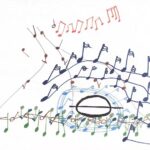In week4, I searched for non-human factors such as bacteria, plants, and animals. Three separate categories were made in order from smallest to largest. For the second task, I copied the scores of three artists, and after choosing the style of one of them, I completed the score for task 3, which was about HIV.
Task 1: 3 Catalogues
Catalog of Biological






Catalog of botanic






Catalog of zoological






Task 2 notation drawing
John Cage
One of the most influential composers of the 20th century and a leading figure in the post-war avant-garde, John Cage was a music theorist, writer, and artist, as well as a composer. His most famous piece, 4’33” (1952), consisted of musicians doing nothing but listening to the sounds in a room for the duration of 4 minutes and 33 seconds. For Cartridge Music (1960), he amplified small household objects in a live performance. Influenced by Indian philosophy, Zen Buddhism, and Duchamp’s readymades, Cage championed chance procedures in music, incorporating found sounds, noise, and alternative instruments into his compositions. Two important early collaborators were the painter Robert Rauschenberg and the dancer Merce Cunningham, who was also his romantic partner for most of their lives. Cage published his first book, Silence, in 1961 and, in the 1970s, began to transform literary works, including those of Joyce and Thoreau, into music.
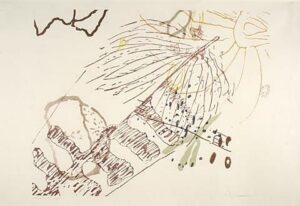
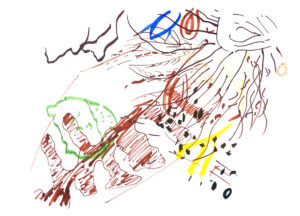
Morton Feldman
Morton Feldman (January 12, 1926 – September 3, 1987) was an American composer. A major figure in 20th-century classical music, Feldman was a pioneer of indeterminate music, a development associated with the experimental New York School of composers also including John Cage, Christian Wolff, and Earle Brown. Feldman’s works are characterized by notational innovations that he developed to create his characteristic sound: rhythms that seem to be free and floating, pitch shadings that seem softly unfocused, generally quiet and slowly evolving music, and recurring asymmetric patterns. His later works, after 1977, also explore extremes of duration.
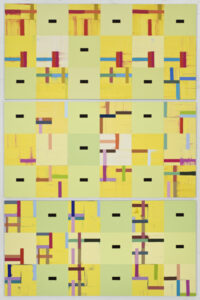
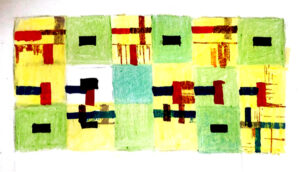
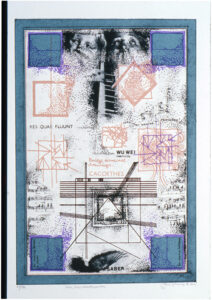
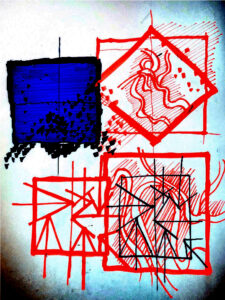
Yvonne Rainer
Yvonne Rainer (born November 24, 1934) is an American dancer, choreographer, and
filmmaker, whose work in these disciplines is regarded as challenging and experimental. Her
work is sometimes classified as minimalist art. Rainer currently lives and works in New York.
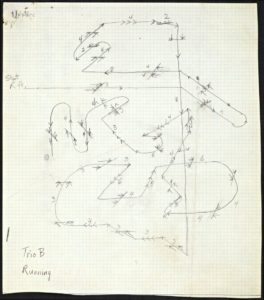

Task 3 HIV Spreading
I used Morton Feldman’s symbolic language to represent the spread of HIV in brain cells, with the red arrows representing the spread of HIV cells and the green areas representing the still normal brain cells.
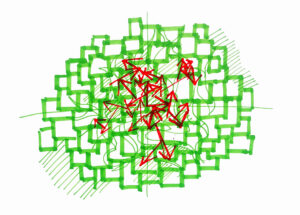
HIV (human immunodeficiency virus) is a virus that damages the cells in your immune system and weakens your ability to fight everyday infections and disease.
Research suggests that AIDS originated in Africa and was brought to the United States by immigrants, and on 5 June 1981, the CDC published a report of five cases of AIDS in Morbidity and Mortality Weekly, the first official record of the disease in the world. Soon after, the epidemic spread rapidly to all continents. HIV is present in the body fluids of infected people. This includes semen, vaginal and anal fluids, blood and breast milk.
During acute infection, Astrocytes can harbor the HIV virus and then spread this virus to immune cells in the brain, which can migrate out of the brain and into other organs. After a high-risk behaviour, it takes about 72 hours for the HIV virus to enter the body and then for the HIV virus to replicate in large numbers in T cells.
The way to prevent AIDS is to avoid and stop having unclean sexual intercourse. Everyone can only have others to love you if they respect themselves and love themselves!








